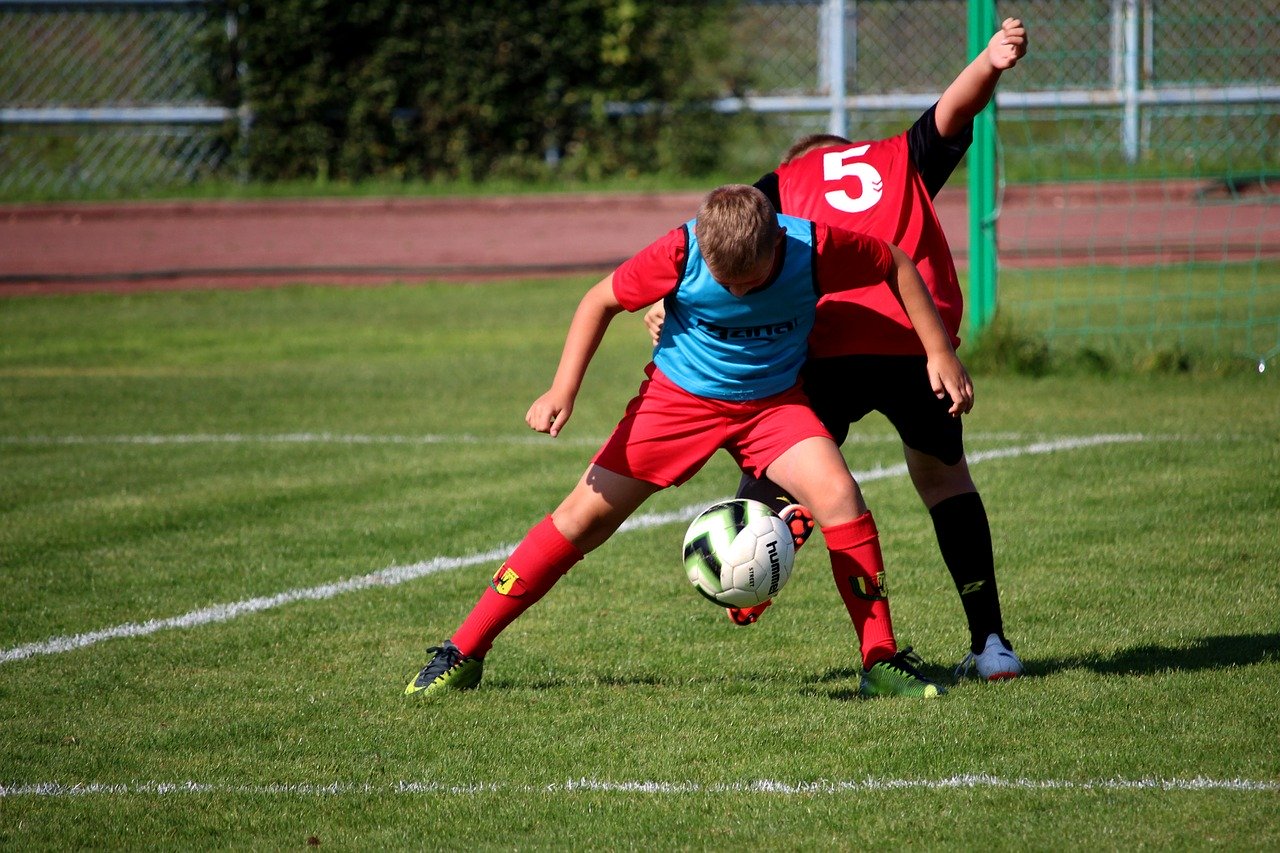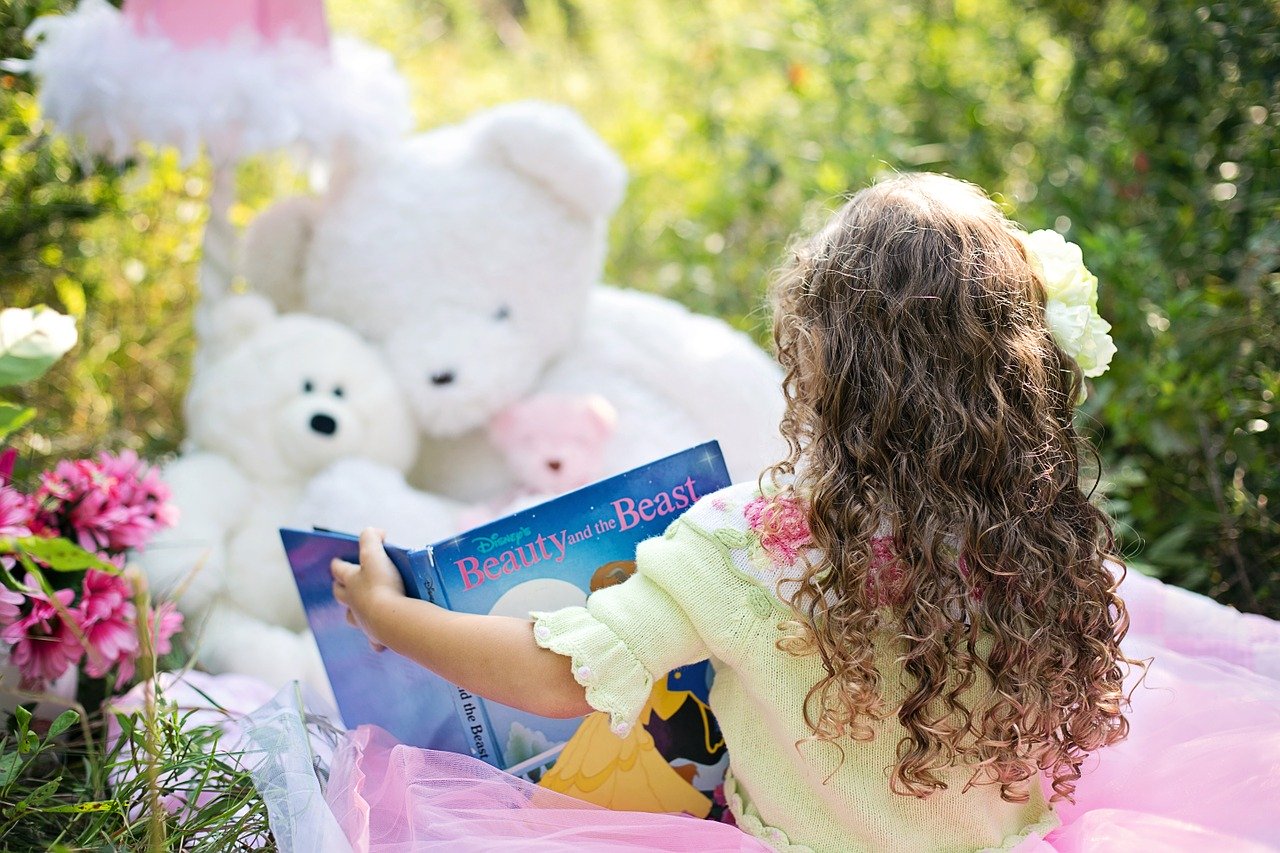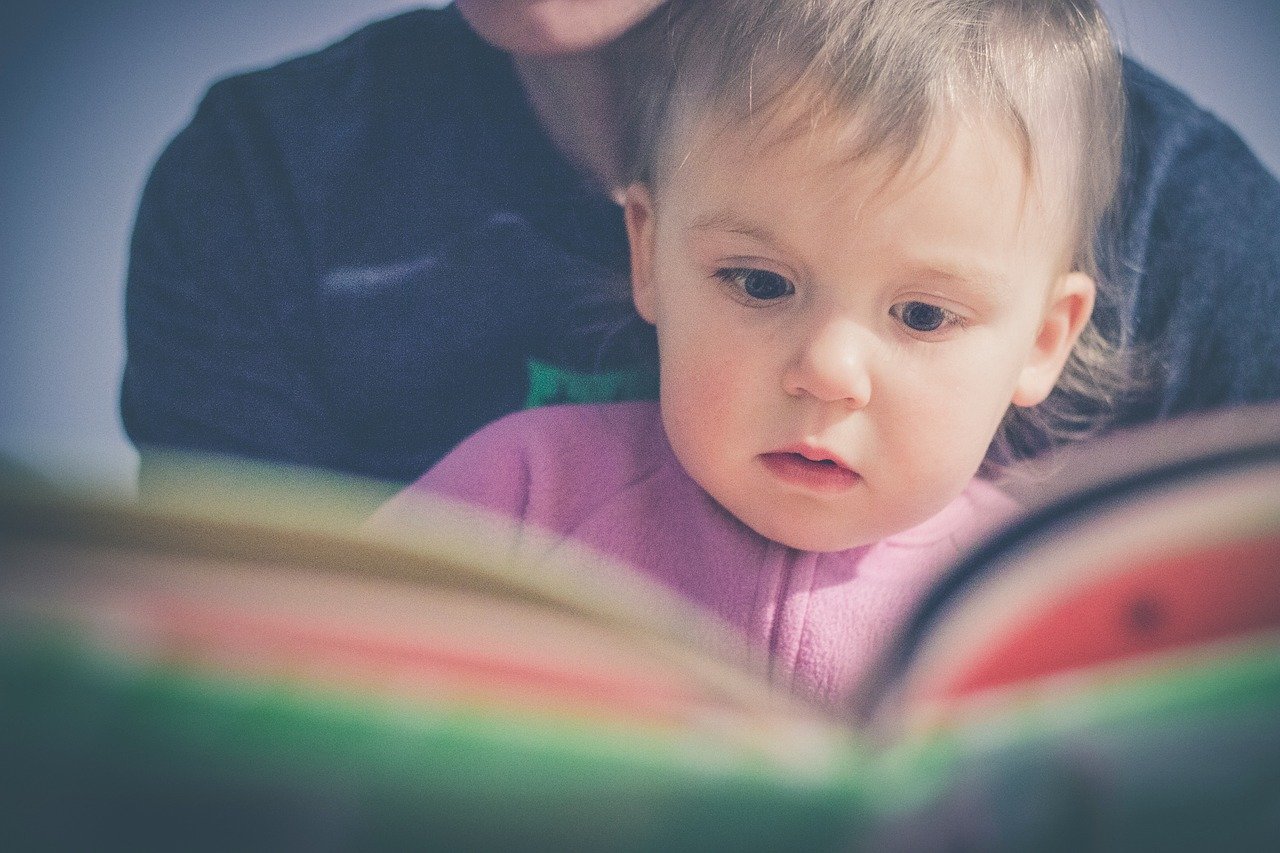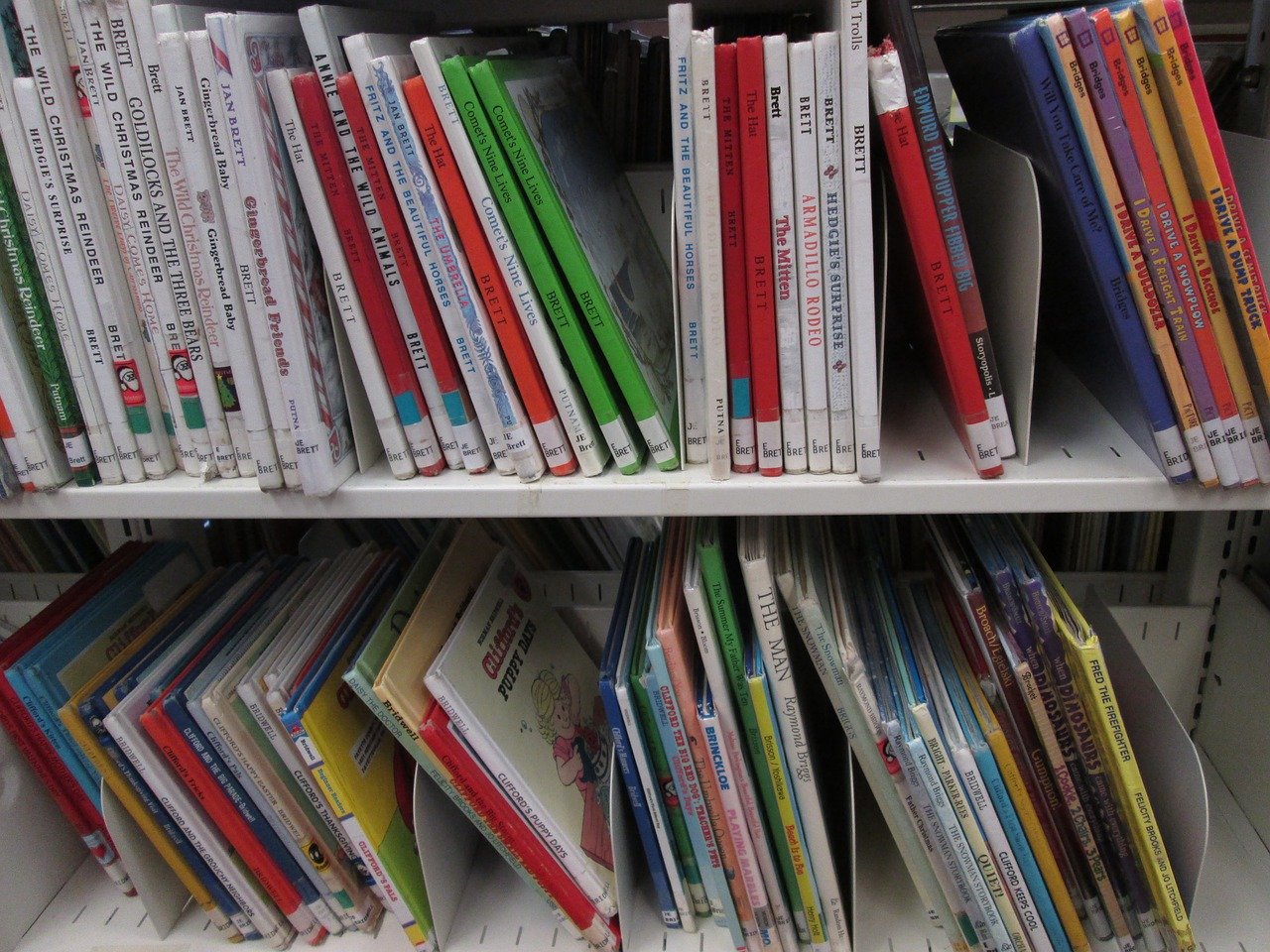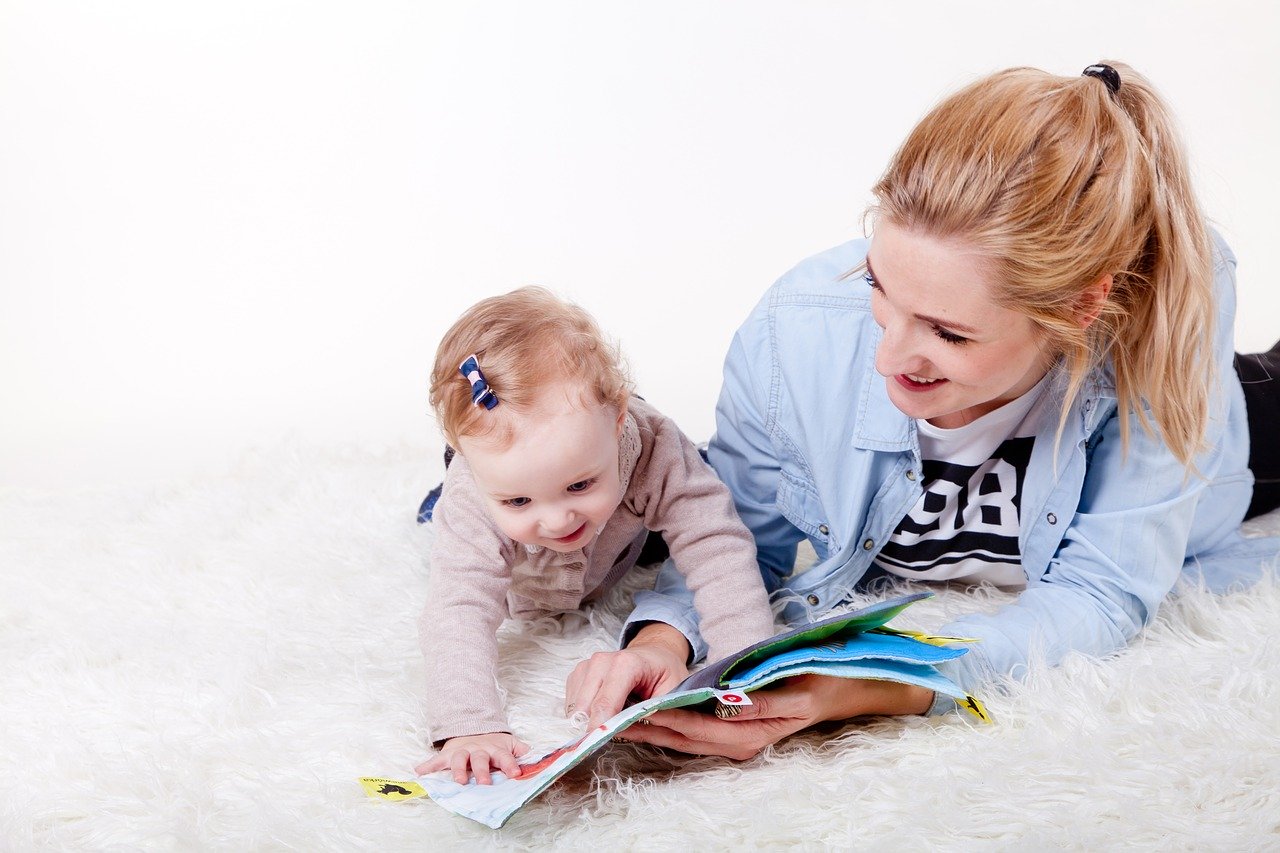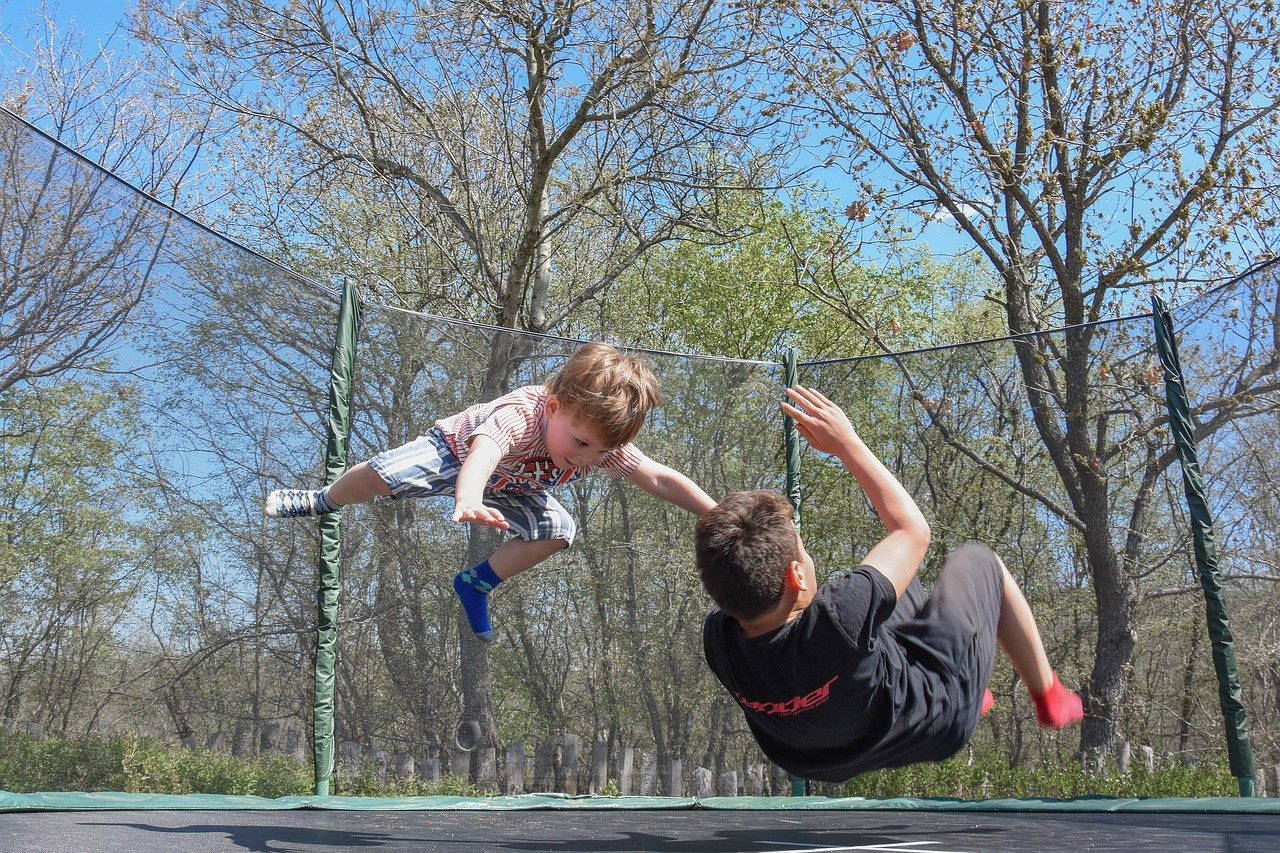In May 2019 researchers from Israel published the results of their study to assess the association between studying in different educational systems and the incidence and severity of myopia in … Read more
More time spent outdoors and a longer writing/reading distance appear to reduce the risk of near/shortsightedness in adolescents, whereas time spent doing close work appears to increase the risk
In August 2019 researchers from China published the results of their study to assess risk factors for near/shortsightedness among schoolchildren. The researchers stated that in recent decades, the incidence of … Read more
There appears to be a non-significant trend that higher blood serum levels of childhood polybrominated diphenyl ethers, especially BDE-153, are associated with reduced reading skills
In January 2019 researchers from the USA, Canada and China published the results of their study to assess the effect of polybrominated diphenyl ethers on the reading ability in children … Read more
Children appear to be more likely/willing to try a new vegetable if they are read a storybook on the vegetable with or without the addition of sensory play
In December 2019 researchers from the UK published the results of their study to assess whether learning about an unfamiliar vegetable (celeriac) through storybooks and sensory play increased its consumption … Read more
The child has a higher level of brain activity during story telling than picture book reading
In December 2018 researchers from Japan published the results of their study to assess the effects of storytelling on the brains of children. It is known that storytelling provides many … Read more
Parents who read 1 picture book with their child every day exposes them to an estimated 78,000 words each a year, which over 5 years means that they hear an estimated 1.4 million more words than children who are never read to
In June 2019 researchers from the USA and Turkey published the results of their study to assess whether reading books to children in their first 5 years of life would … Read more
Parental near/short sightedness, age when a child starts to wear glasses, and more time spent on reading and close work and less on outdoor activities in childhood appear to be associated with a high degree of near/short sightedness
In August 2019 researchers from Finland published the results of their study to assess the risk factors for near/short sightedness. A total of 240 schoolchildren (119 boys, 121 girls; average … Read more


